- A+
作者:小雅和英美友人

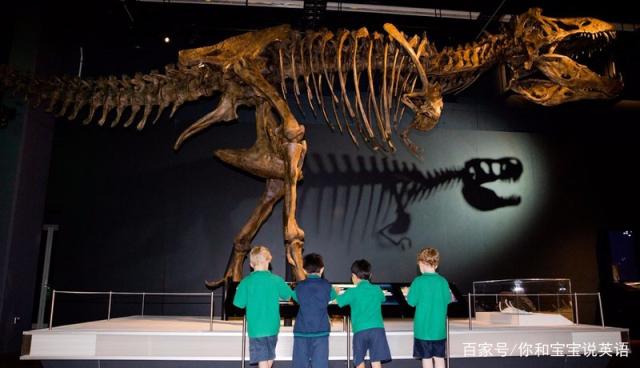
◆ 三叠纪、侏罗纪和白垩纪,英文怎么说?
◆ 食肉动物、食草动物,英文怎么说?
◆ 上篇讲8种恐龙,下篇讲6种恐龙。
Dinosaurs at the Science Museum 天然博物馆的恐龙
Child: We finally made it to the dinosaur section!
宝宝:咱们总算到恐龙区了!
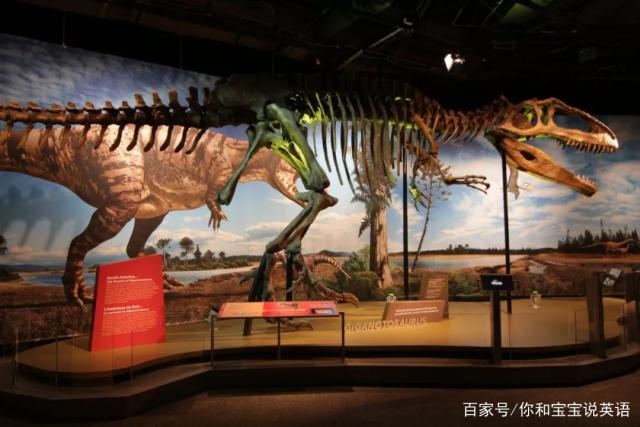
This is my favorite part.
这是我最喜爱的有些。
Mom: We did.
母亲:是的。
Let's start over here.
咱们从这儿初步吧。
It looks like the museum has them arranged by time period.
看起来博物馆是把它们准时期摆放的。
All the dinosaurs lived in the Mesozoic era,
恐龙都日子在中生代,
Mesozoic读作 [mesu'zuik],era读作 ['ir]。
which are divided into three periods.
分为3个时刻段。
Divided into和split into都是“分为”,前者较正式,后者较随意。
What are they?
它们是啥呢?
Child: The Triassic, the Jurassic, and the Cretaceous.
宝宝:三叠纪、侏罗纪和白垩纪。
Triassic读作 [trai'sik]。Jurassic读作 [du'rsik]。Cretaceous读作 [kri'teis]。

Those are hard to say!
这些好难念啊!
Mom: They are.
母亲:是的。
You'll have to practice!
你需要操练!
First up is the Triassic period.
首要是三叠纪。
What dinosaurs does that include?
它包括哪些恐龙呢?
Child: They have fossils of the camposaurus and the tanystropheus.
宝宝:有坎普龙和长颈龙的化石。
Camposaurus读作 [kmp's:rs]。Tanystropheus读作 [teni'str:fis]。
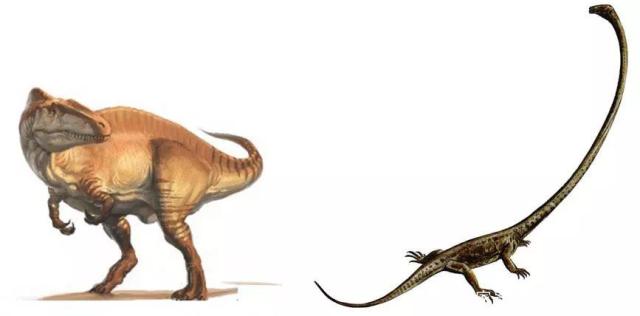
The camposaurus is a small carnivore.
坎普龙是小型食肉动物。
Carnivore读作 ['ka:rniv:r]。
He is a biped and has small forearms.
他是两足动物,前肢很小。
Biped读作 ['baiped],forearm读作 ['f:ra:m]。
He has a distinctive ridge protruding along his nose.
他的鼻子上长着杰出的、一起的鼓包。
Ridge读作 [rid]。Protruding读作 [pr'tru:di] 。
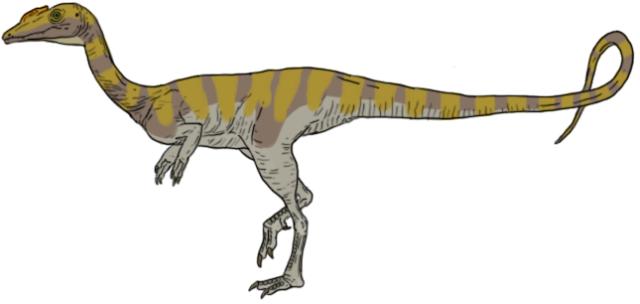
He also has a long, skinny tail.
他还有一条又长又瘦的尾巴。
What is a carnivore?
食肉动物是啥?
Mom: Carnivores are creatures that just eat meat.
母亲:食肉动物就是只吃肉的生物。
What about the tanystropheus?
那长颈龙呢?
Child: He is a marine reptile.
宝宝:他是一种海生爬行为物。
Marine读作 [m'ri:n],reptile读作 ['reptail]。
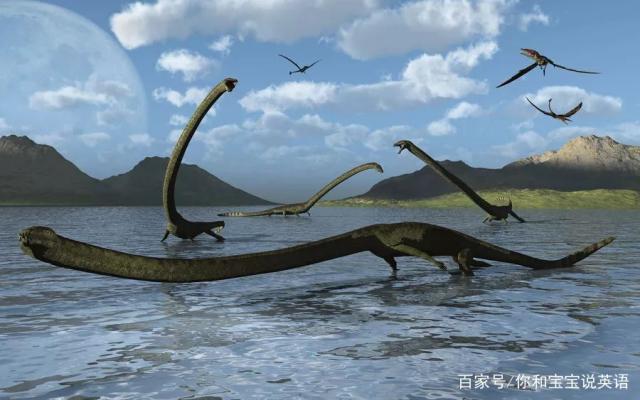
He has an extremely long neck!
他有非常长的脖子!
Almost 10 feet!
差不多10英尺!
That means his neck was almost longer than his body and tail combined.
也就是说他的脖子比他的身体和尾巴加在一同还要长。
He also had webbed feet and was quadrupedal and a carnivore.
他有四只蹼足,是食肉动物。
Webbed读作 [webd]。Quadrupedal读作 ['kwdru:pidl]。
Mom: Looks like the Jurassic period is next.
母亲:下一个大约是侏罗纪了。
What do you see there?
你看那里是啥?
First is the pterosaur,
首要是翼龙,
Pterosaur读作 ['trsr]。
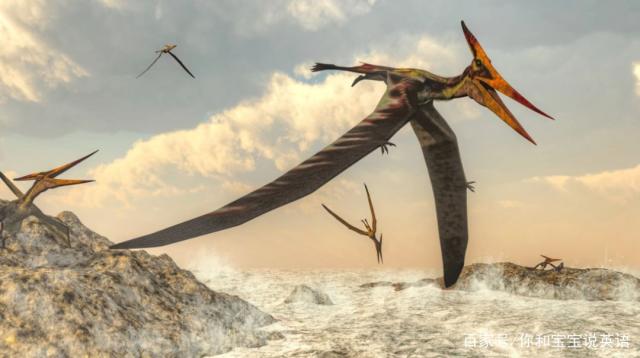
but it looks like that species lived from the late Triassic period to the end of the Cretaceous.
可是如同这种物种是日子在三叠纪晚期一向到白垩纪结束的。
Species 读作 ['spi:i:z]。
They had skin-like wings that spread along the sides of their bodies,
他们有像肌肤相同的双翼长在身体两边,
so they could fly.
所以他们能飞。
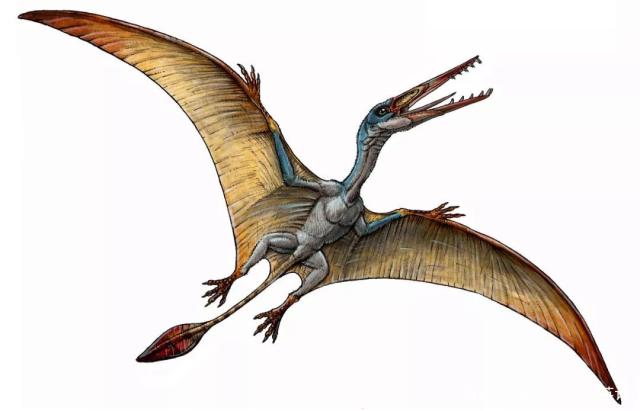

They were carnivores and had very long skulls.
他们是食肉动物,有很长的头骨。
Child: Ooh, I see the archaeopteryx.
宝宝:哦,我看到开山祖师鸟了。
Archaeopteryx读作 [a:rki'pteriks]。
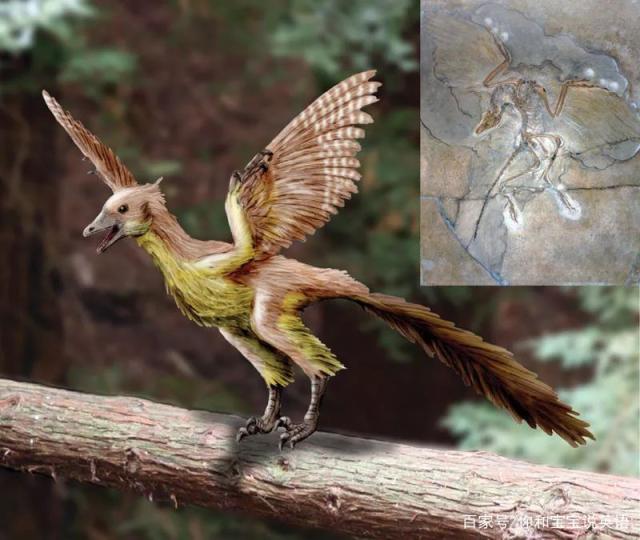
It says he also had wings and flew.
这儿说他也有羽翼,会飞。
Mom: Yes, and it had jaws with sharp teeth,
母亲:对,而且它有牙齿尖利的下颚,
which makes him likely to be a carinivore,
这么看它大约是食肉动物,
three fingers with claws, a long bony tail,
有尖爪的三个趾头,一条又长又瘦的尾巴,
hyperextensible second toes (called a "killing claw"), and feathers.
扩展里超强的二趾(称为“杀手爪” ),和茸毛。
Child: Next are the 
brachiosaurus and apatosaurus.
宝宝:接下来是腕龙和利诱龙。
Brachiosaurus读作 [brki's:rs]。Apatosaurus读作 [pt's:rs]。
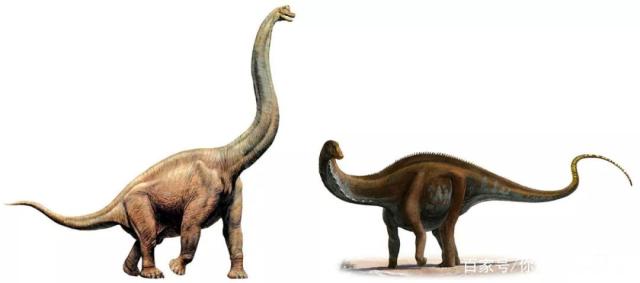
They look rather similar.
他们长得很像。
Mom: They do.
母亲:是的。
They both have long necks and 4 thick legs.
他们都有长长的脖子和4条粗腿。
They are both herbivores,
他们都是食草动物,
Herbivores美式英语读作 [':biv:z],英式英语读作 ['h:biv:z]。
which means they only eat plants.
意思是他们只吃植物。
But both weighed at least 30 tons on average.
可是他俩均匀
分量都至稀有30吨。
However, they were a little different.
可是,他们有一些不一样。
The patosaurus was a little more slender
利诱龙更瘦一点儿,
and had a whip-like tail.
有一条鞭子相同的尾巴。
He also had shorter front legs.
另外,他前肢较短。
The brachiosaurus had a shorter, thicker tail
腕龙有一条又短又粗的尾巴,
and bigger front legs than back.
前肢比后肢大。
He also had a distinct nares on his head.
他的头上长着一起的鼻孔。
Nares读作 ['nri:z]。
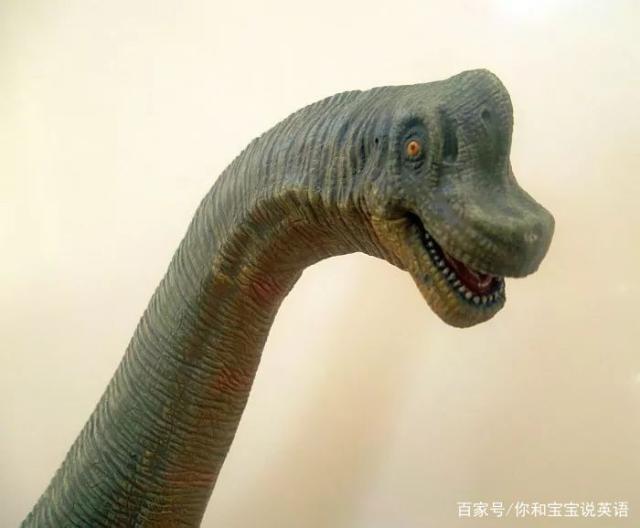
Child: What about the allosaurus?
宝宝:那异特龙呢?
Allosaurus读作 [l's:rs]。
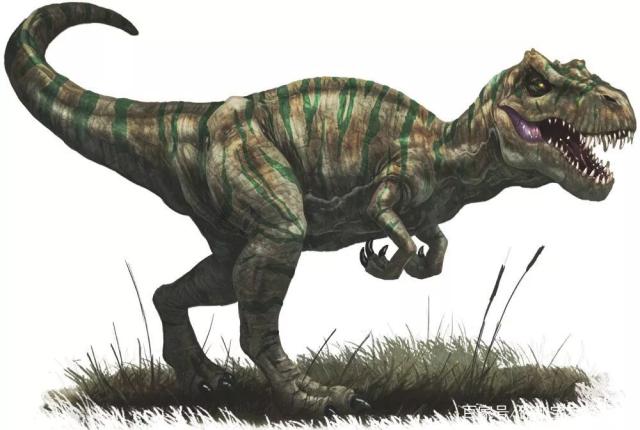
He was also a carnivore.
他也是食肉动物。
It says here that his teeth were very sharp, serrated,
这上面说他有尖利、锯齿状的牙齿,
Serrated读作 [s'reitid]。
and usually 3-4 inches long!
一般有3-4英尺长!
Mom: He looks like a smaller version of the T-rex.
母亲:他看起来像小型的霸王龙。
He was also bipedal
他也是两足动物,
and a mighty predator for only weighing 1 ton in the dinosaur world.
在恐龙世界里,是一个只需1吨重的力大无量的捕食者。
Predator读作 ['predtr]。
Whew! I wouldn't want to run into him.
唷!我可不想遇见他。
Child: Oh, we forget to look at this one:
宝宝:哦,咱们忘了看这个:
the dilophasaurus from the early Jurassic period.
侏罗纪前期的双脊龙。
Dilophasaurus读作 ['dilufeisrs]。
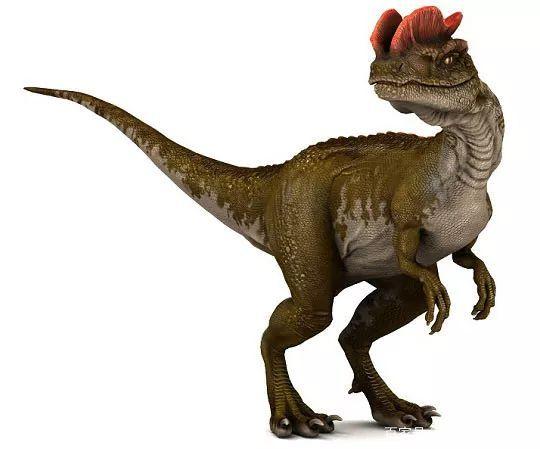
He has two distinct crests at the top of his neck.
他脖子最上边有两个一起的冠。
He is definitely a carnivore.
他必定是食肉动物。
Look at his teeth!
看他的牙齿!
This says he may have been very colorful, as well.
这儿说他或许仍是五颜六色的。
Looks like he walked on two feet and had small arms.
看起来他用两只脚走路,有小的上肢。
预告:下周为您奉上感恩节主题的文章,下下周为冰雪奇缘2主题文章,故恐龙下篇将于12月中旬与我们碰头,敬请等待。




